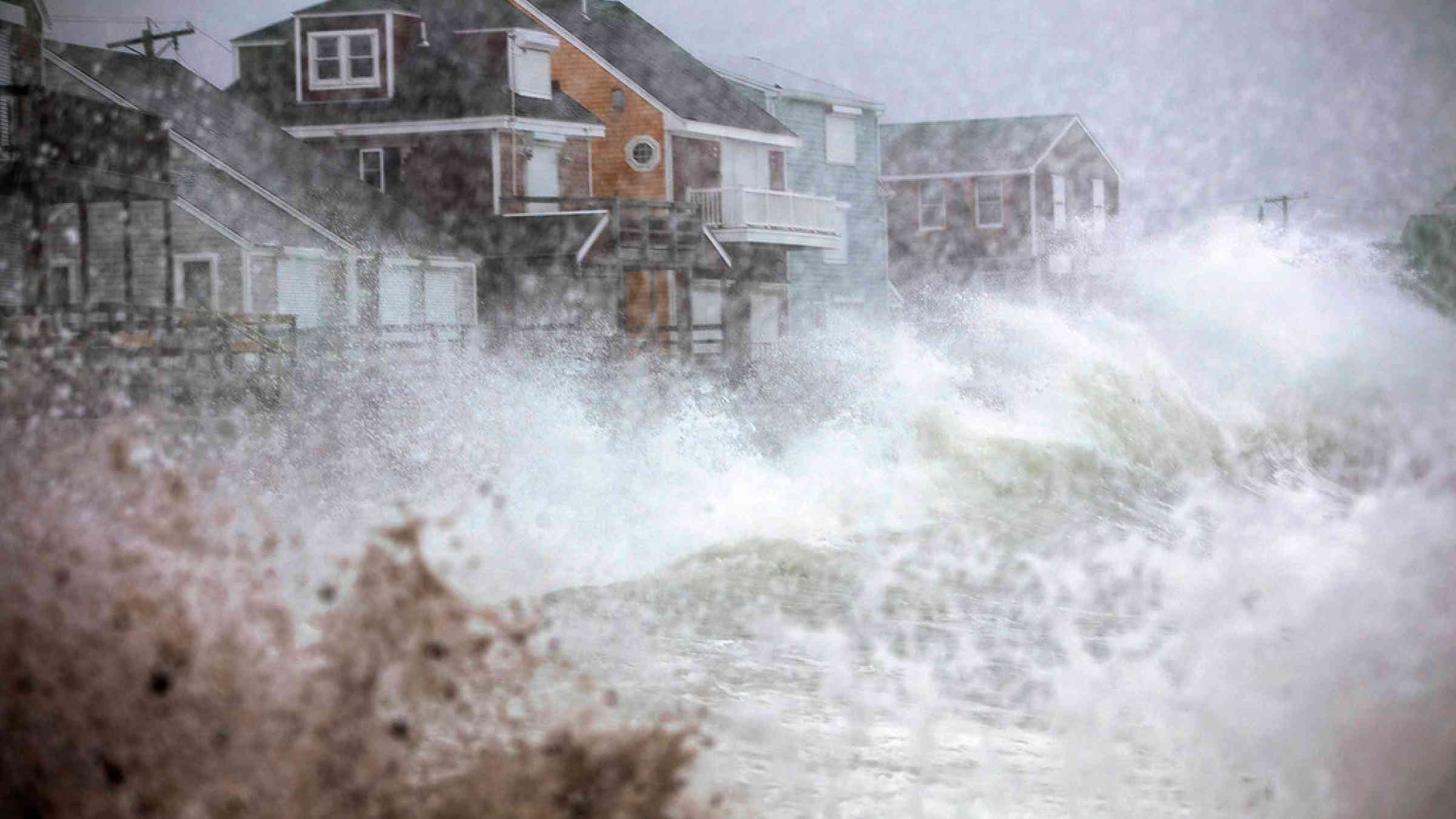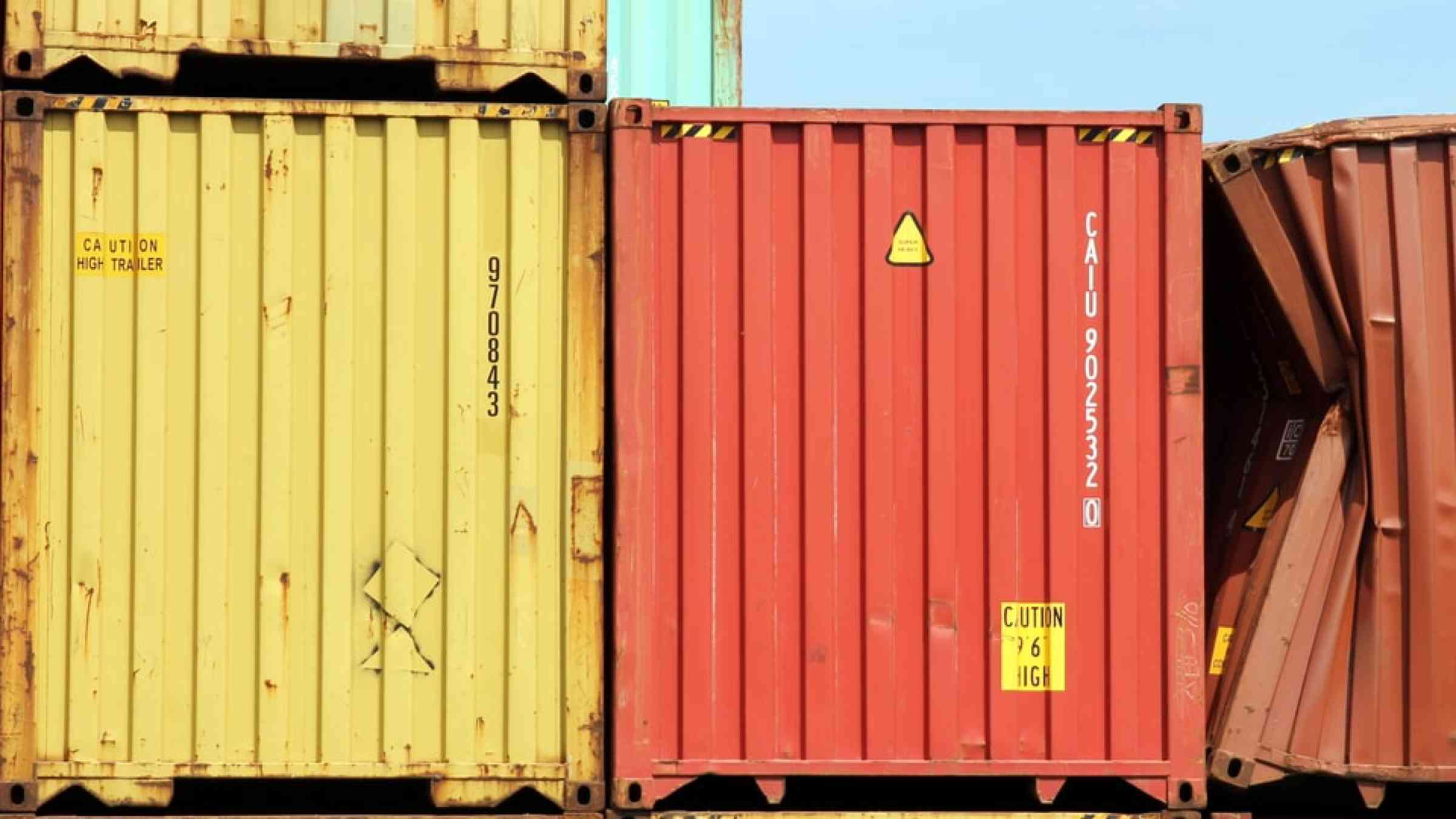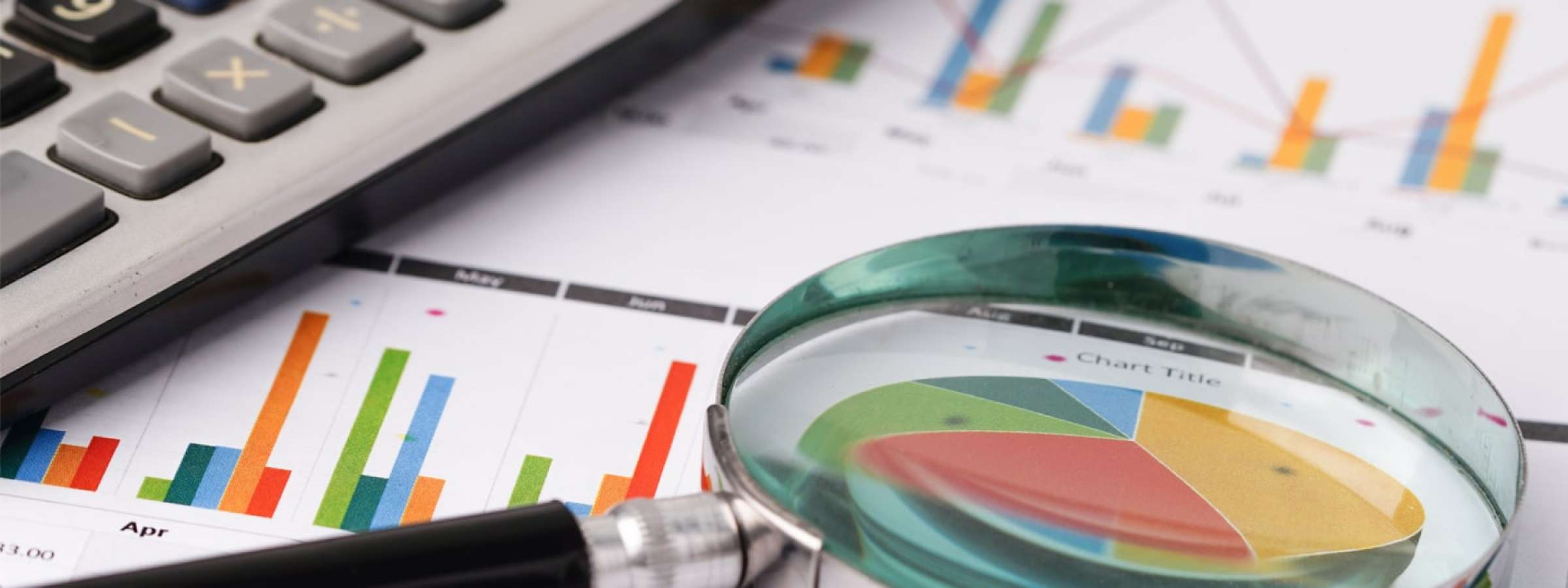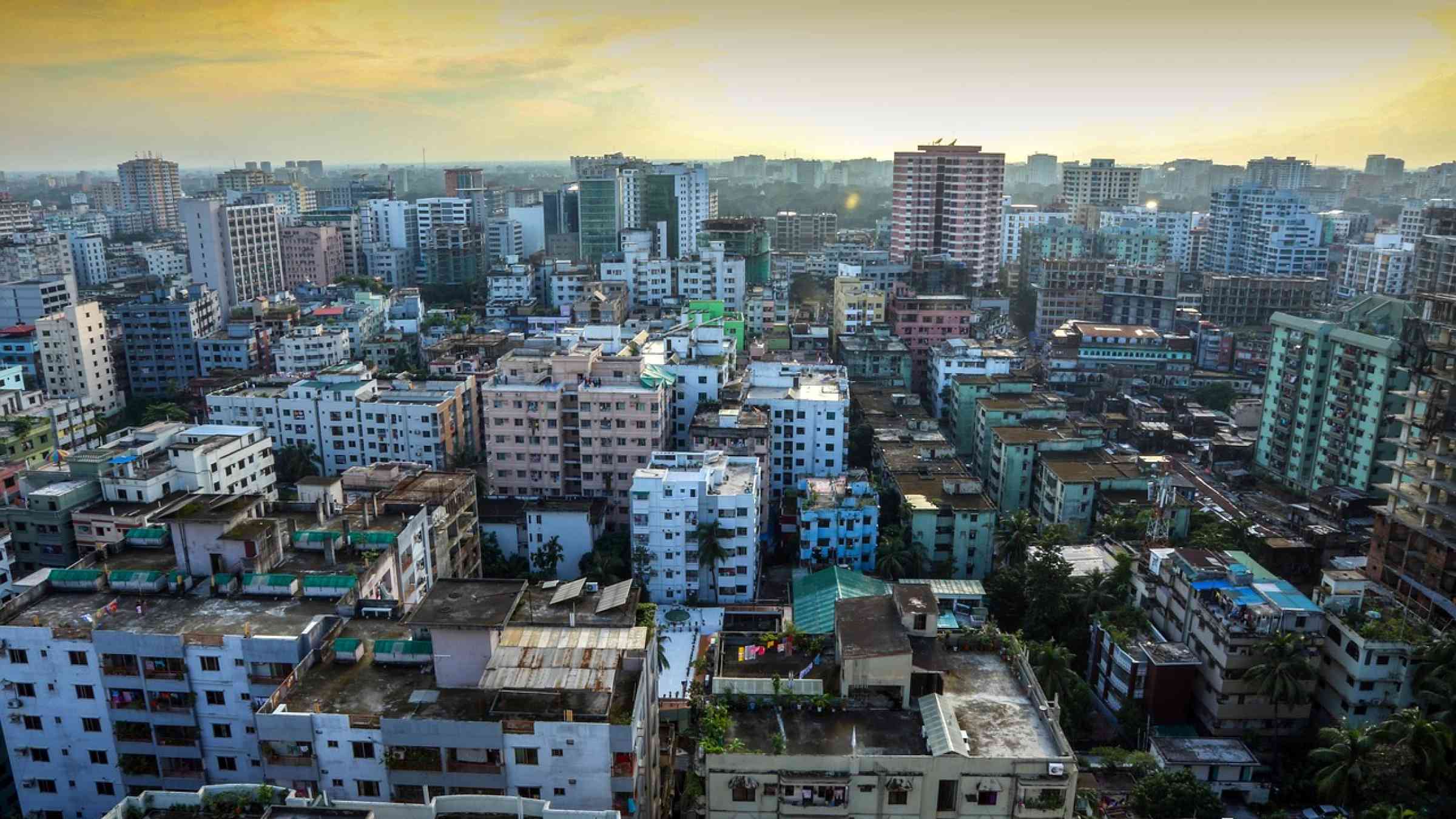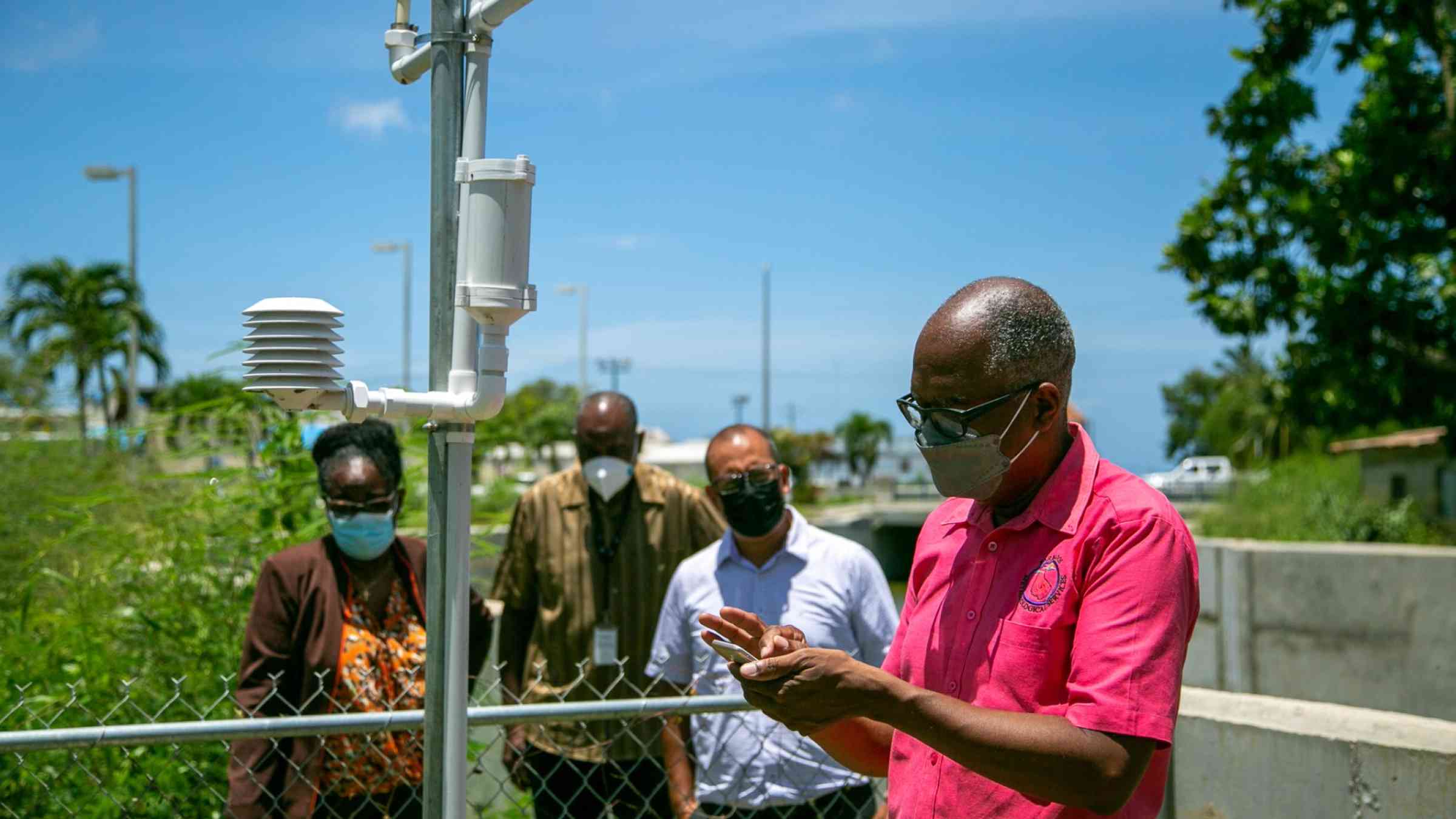Global risk data sets
The global risk landscape is becoming more complex, uncertain, and fast-moving, making access to risk information more important for decision-making.
The production of high-quality risk information and analysis is a priority for disaster risk reduction practitioners. With advances in computing power, data availability and use of artificial intelligence, UNDRR continues to encourage open access to an expanding range of disaster risk data as a global digital public good. In the context of global cooperation to improve risk data standards, UNDRR continues to promote understanding of how risks develop and accumulate into shocks and disasters, where threats to resilience and sustainability will emerge, and where mitigation and risk reduction strategies need to be put in place.
UNDRR aims to promote better access to global open-source datasets, advancing standards, cooperation among diverse producers and users of risk data, and to build use cases that underscore the importance of closing the digital divide between global generators of risk data and country-level users.
Benefits of the global risk data collection include:
- Easier discovery, access, use, and sharing of high quality global risk data sources;
- Better understanding of the value of these global sources and use-cases at multiple scales, e.g., regional, national, sub-national;
- Optimized use of risk-relevant data to strengthen risk-informed decision-making within a well-known and trusted information environment.
Global risk data collection
The global risk data collection currently comprises more than 100 entries with links to sources and selected metadata which can be used and adapted in national and sub-national risk information systems. The collection will be updated annually. The collection is searchable by Hazard Information Profiles (HIPs), originator of the global risk dataset, and keyword.
Sample of tools: Global risk data in action
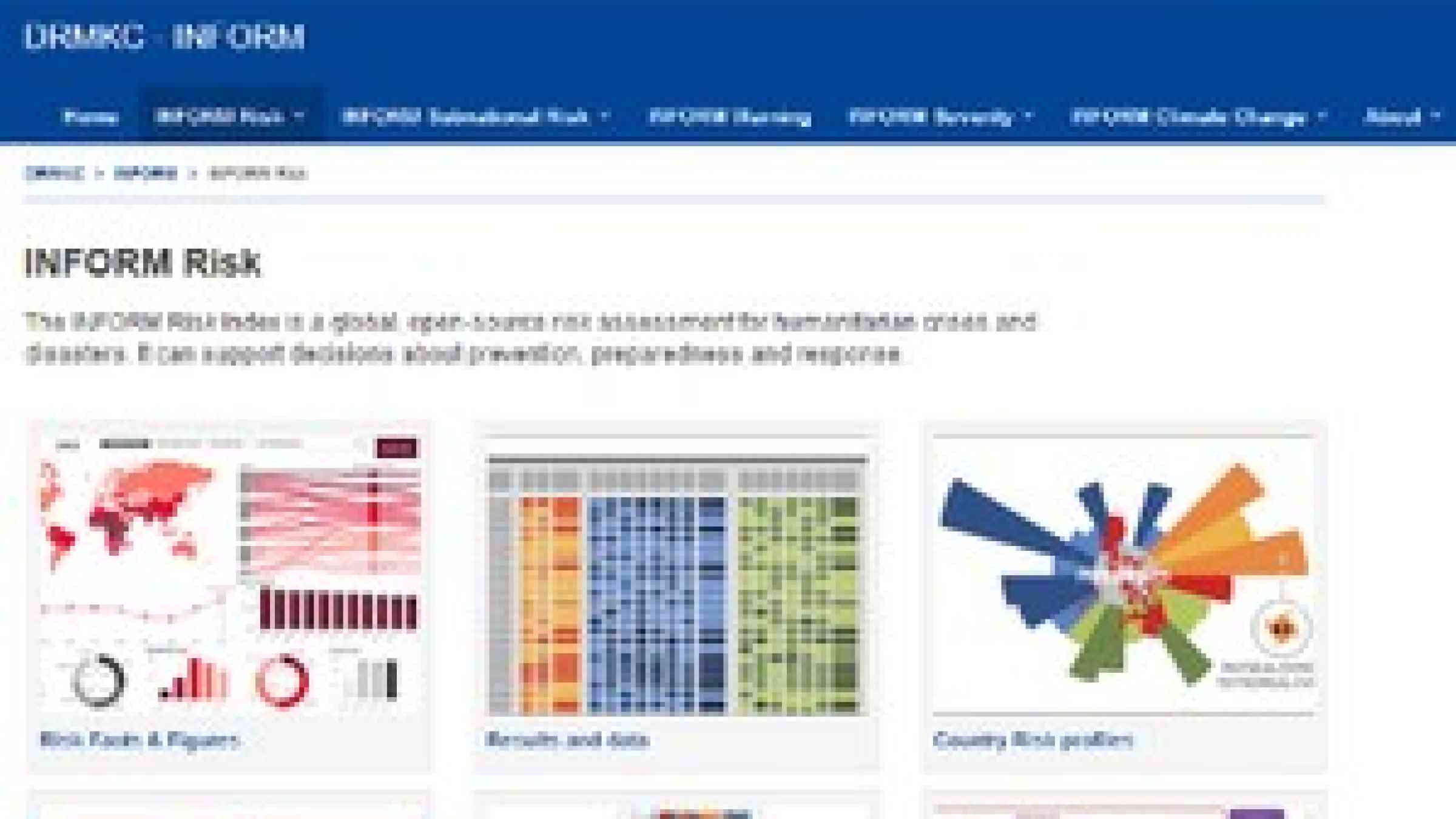
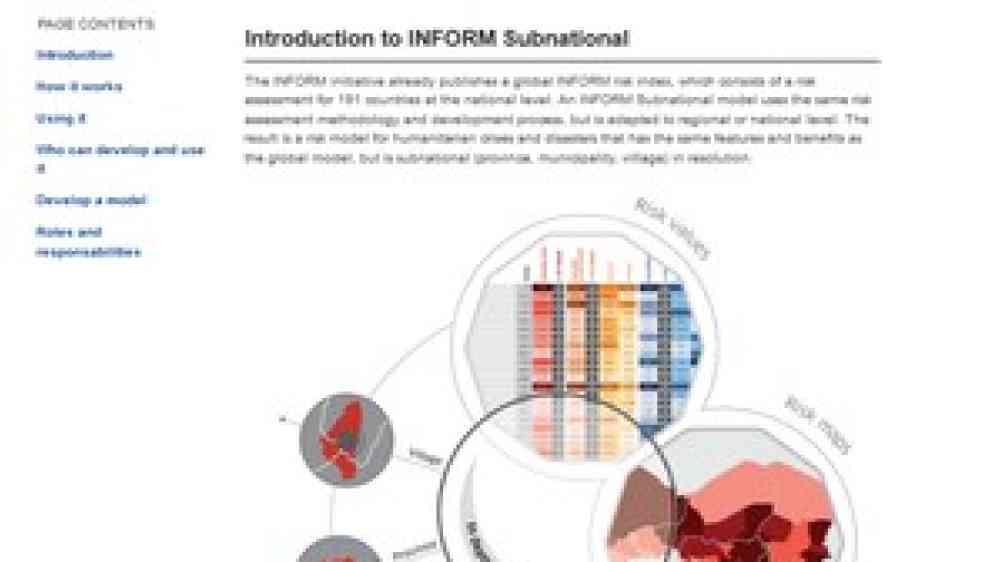
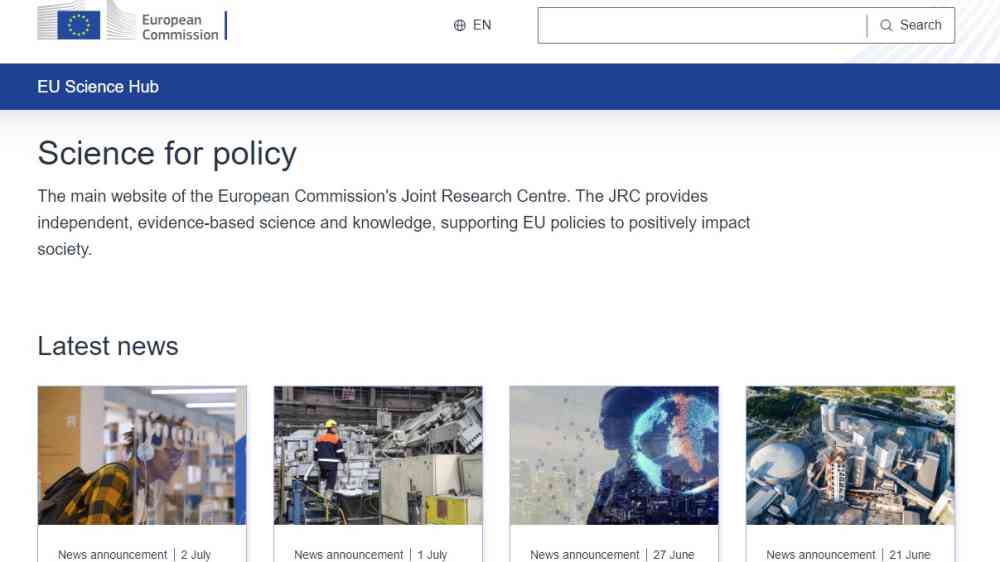
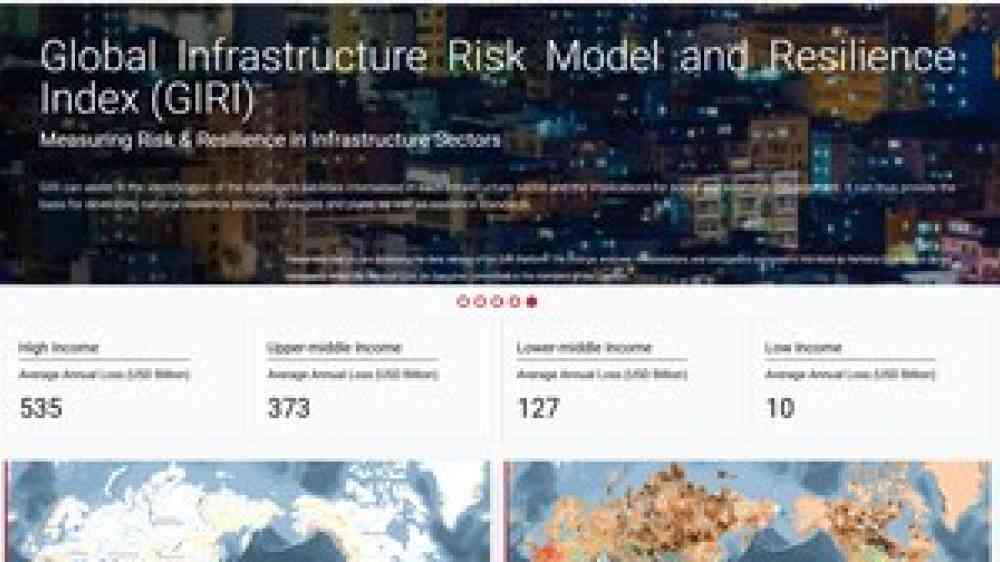
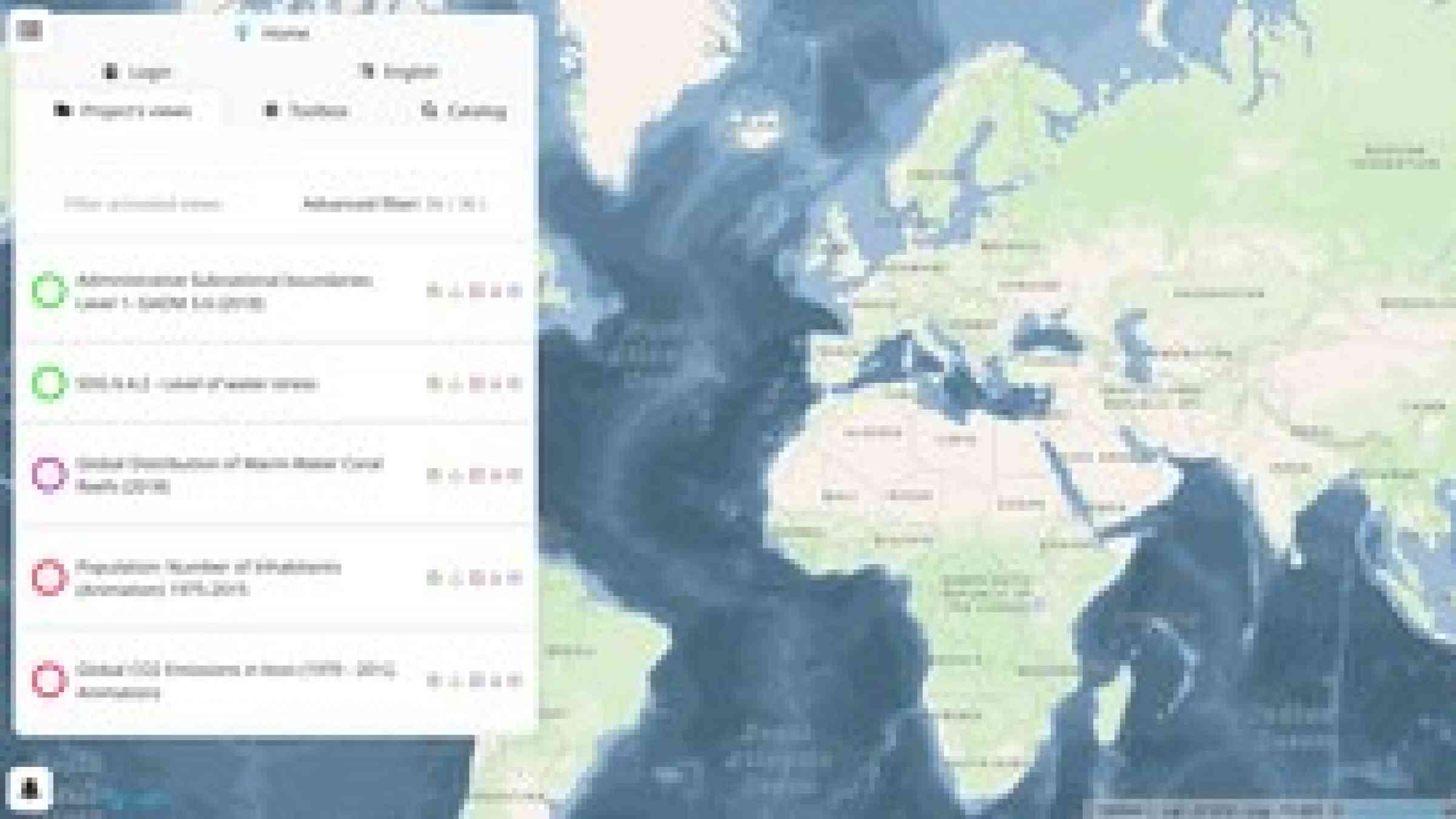
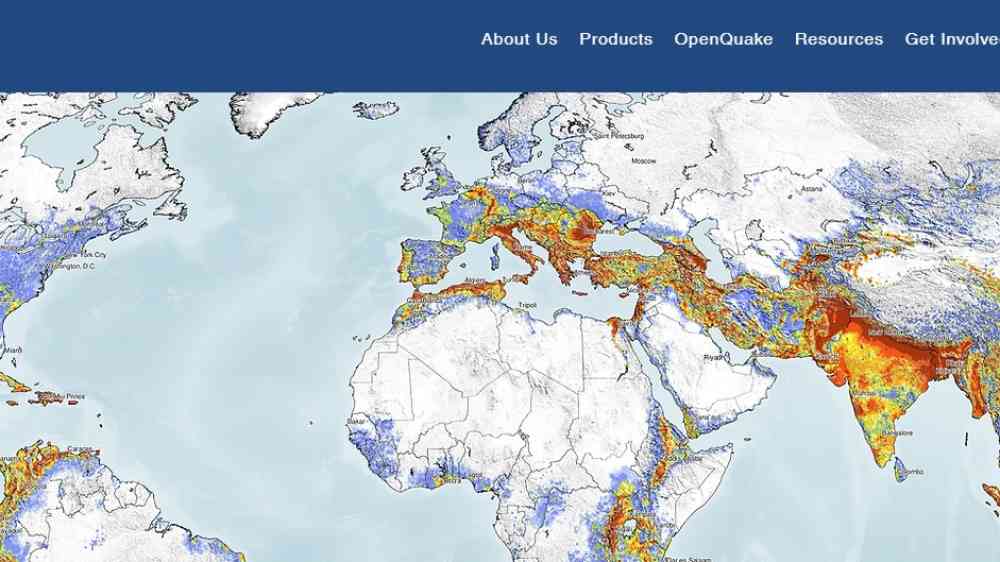
Other global GEM initiatives include OpenQuake Map Viewer - Global Exposure Map, OpenQuake Map Viewer - Global Building Exposure 2023, and the Global Economic Vulnerability Map.
Learn more about Risk

